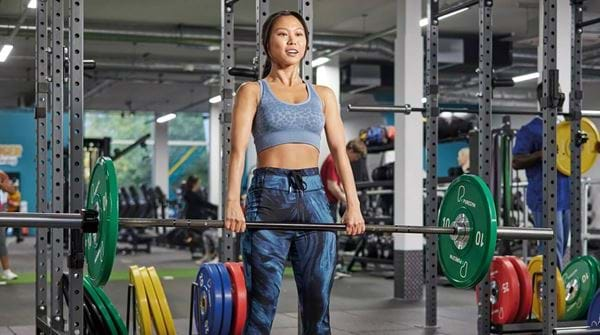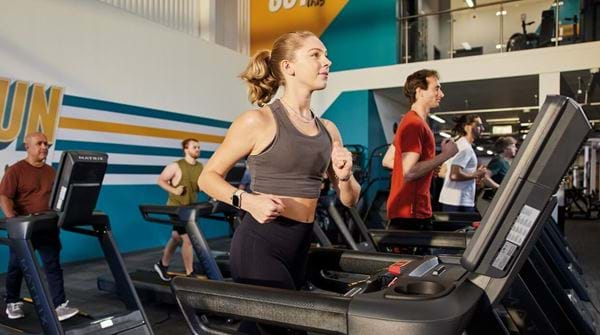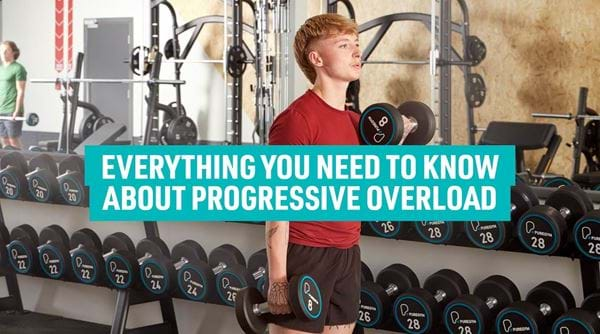A Beginners Guide to Bulking and Cutting
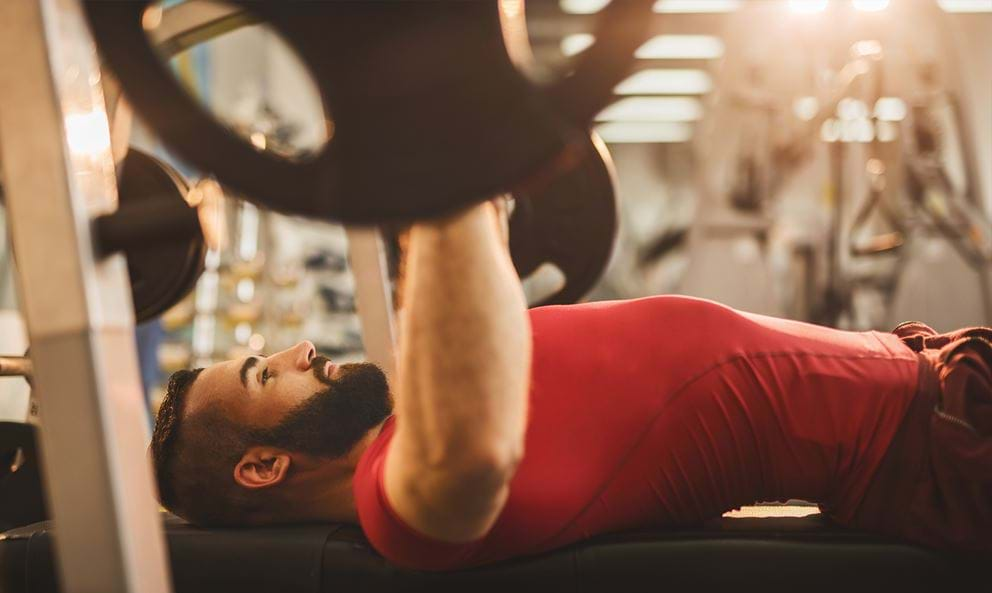
Page last updated: 11th April 2023
Ever since the glory days of bodybuilding, when figures like Arnold Schwarzenegger, Franco Columbu, Lou Ferrigno, and Frank Zane dominated the muscle scene, “bulking” and “cutting” cycles have been a routine for many in the pursuit of an aesthetically pleasing physique.
Put simply, a bulking cycle is a time when you’re eating a surplus of food and lifting heavy weights to build muscle mass.
Since fat gain almost inevitably comes alongside muscle gain, the other part of the equation is the “cutting” cycle, where you eat at a caloric deficit and modify your workout routine to burn the maximum amount of fat while holding onto as much of your hard-earned muscle and strength as possible.
If you’re new to these well-worn bodybuilding concepts, here are some tips for how to bulk and cut successfully.
Skip to how to cut for beginners
Bulking for beginners
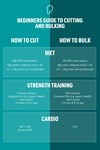
Eat at a caloric surplus
The first thing to keep in mind when bulking is that you should be eating a caloric surplus to promote significant muscle growth.
Generally, when you eat at a caloric surplus, your body will be in an “anabolic” state. This means that it’s in a growth phase where new tissue will be constructed, including muscle and bone among other things.
Your caloric surplus should be controlled. You should eat slightly above your “maintenance” calorie needs, but shouldn’t overdo it. If your strength and weight are slowly rising, with minimal fat gain, that’s a good sign.
Eat moderate protein and fat, and a substantial amount of carbs
Low-carb diets are popular for various reasons, but they’re not a great strategy for bulking up. When you’re bulking, your body needs the glycogen produced by carb-consumption to power heavy lifts.
The insulin spikes associated with high carb intake also play some role in promoting muscle growth, which is why elite level bodybuilders often inject insulin directly.
Although protein is usually thought of as the number one macronutrient required to build muscle, evidence shows that your bulking protein requirements are lower than you might think.
Research has found evidence that around 1.3-1.8g of protein per kg of bodyweight is the highest threshold where protein intake seems to improve body composition during a bulk.
In other words, an 80kg person would need to eat between 104g - 144g of protein during their bulk to keep gaining muscle, far less than is usually recommended.
Fat intake should be kept moderate for proper hormonal balance.
Lift heavy and focus on a moderate rep-range
As the point of bulking is to pack on muscle, it’s important to lift heavy in a moderate rep range of about 8-12 reps per set.
Base your workouts around compound lifts like the squat and bench press, and add in assistance exercises to focus on particular muscle groups.
Emphasise steady progress in your lifting.
This guide explains more about lifting weights at the gym.
Avoid “dirty bulking” to avoid excess fat gain
“Dirty bulking” refers to eating junk food to bulk up. Not only is this bad for your health, but it also promotes greater fat gain, which makes your cutting phase harder. Try to avoid this common pitfall.

Cutting for beginners
Eat at a caloric deficit
Just as the aim of bulking is to be in a caloric surplus, the aim of cutting is to be in a caloric deficit. This puts you in a “catabolic” state — one where tissue is broken down in the body.
Keep your calorie intake below maintenance, but don’t go too low. You can read more about how many calories you need to lose weight here.
Don’t rush weight loss
You may be tempted to opt for quick-fix diet approaches that will see you cut lots of weight quickly, but the truth is, many of these just don’t last. If cutting certain food types from your diet works for you and your lifestyle, that’s great, but major lifestyle changes tend to work better if they’re something you can consistently stick to.
It’s far more important to ensure you’re getting all the nutrients your body needs to stay fit and well - you’ll definitely see improvements in your shape and tone still, but accept that lasting progress won’t be overnight success. Take your time to achieve your goals safely.
Our Everything You Need to Know About Losing Weight Fast guide explains more.
Focus on exercises that get your heart rate up and burn significant calories
When cutting, burning excess calories during your workouts is something to aim for. Modify your training routine to make it more dynamic and keep your heart-rate up. Reducing rest times and using super-sets can be a good idea. Cardio exercise is a great place to start, and HIIT workouts are also an excellent approach, as you burn more calories in a shorter amount of time.
You can find some of our favourite gym cutting workout plans here.
Increase NEAT
NEAT refers to the energy expended (calories burned) for everything you do that isn’t sleeping, eating or exercise, such as house work, walking to the shops, and fidgeting. Increasing your NEAT can be a great tool for weightloss! Check out our tips to increase NEAT here.
Keep protein intake up
Protein is more important on a cut than a bulk because it helps to spare muscle during tissue wasting. You may not need to boost your protein intake dramatically during a cut, but keeping it a bit on the higher side can be a good idea - 1.8g per kg bodyweight is a good aim.
Continue to strength train, but don’t expect significant gains
Resistance exercise is known to help maintain muscle mass during a calorie deficit, so continuing your strength-training regimen during a cut is essential.
Strive to progress your lifts wherever possible, but don’t expect significant gains.
If you’re thinking about introducing bulking and cutting into your regime, make sure you understand the benefits and the risks first. Take it easy and as always, listen to your body.
Looking to bulk up and lose weight at the same time? Check out our bulking and shredding guide for even more advice. We have plenty of exercise inspiration across our fitness and nutrition-focused blog, so have an explore for more ideas. If you’re not a member of a gym, but ready to get started, then find a PureGym near you and get bulking or cutting today! Still not sure where to begin? One of our Personal Trainers will be able to guide you in the right direction, or you can sign up to the free PureGym app for home workout ideas.
